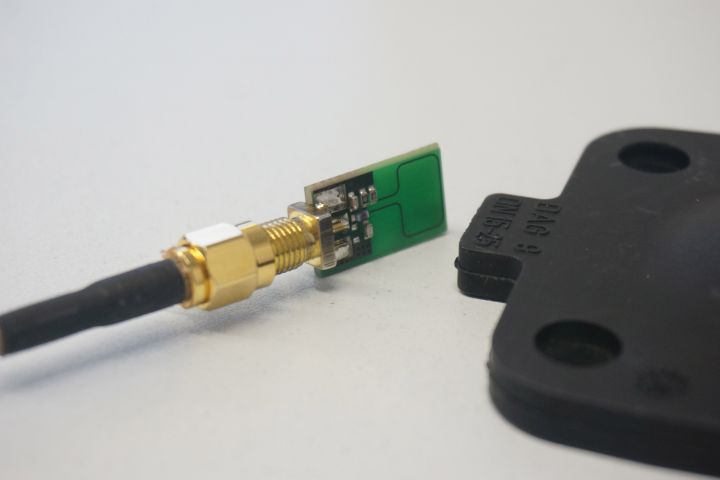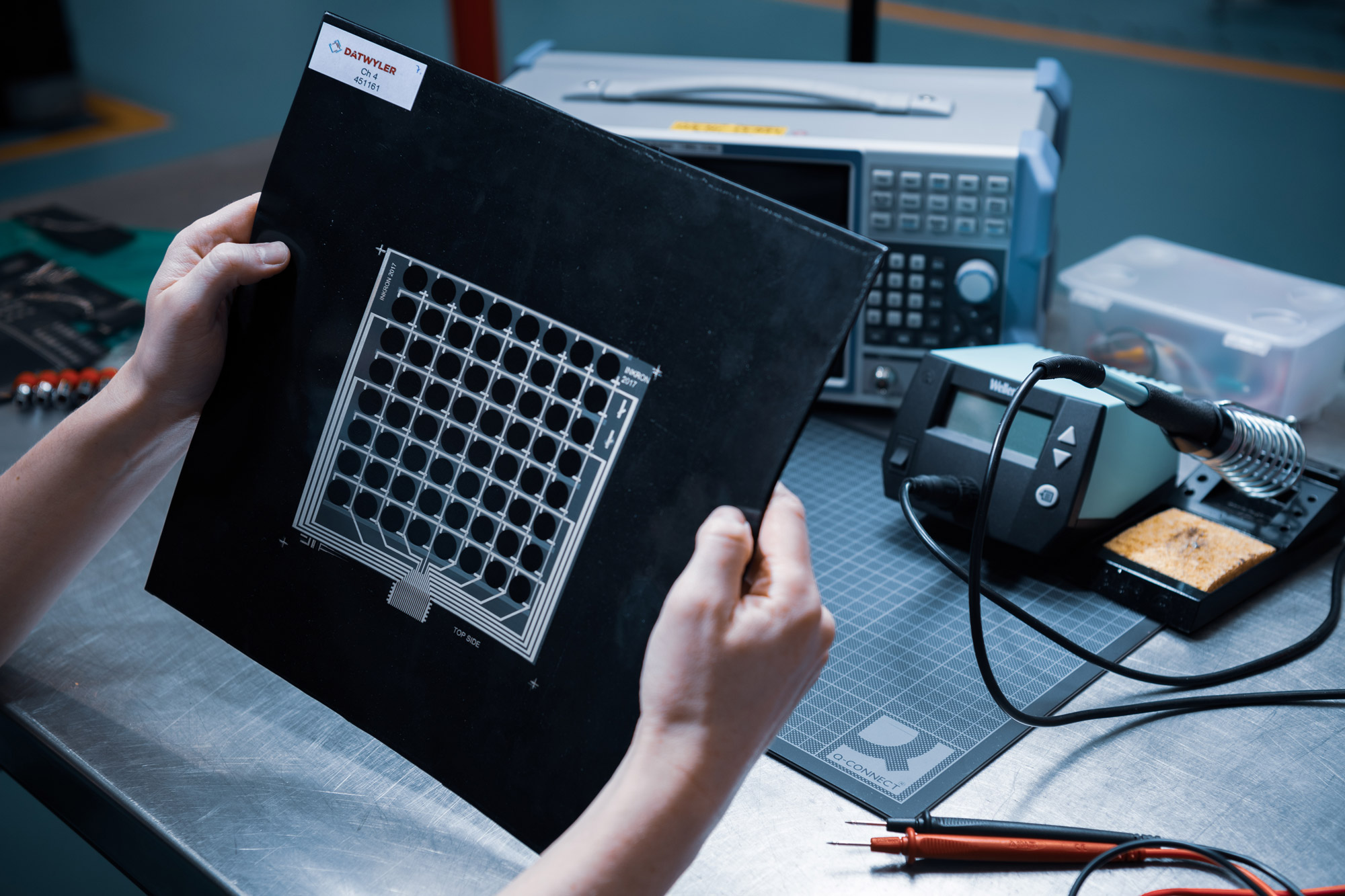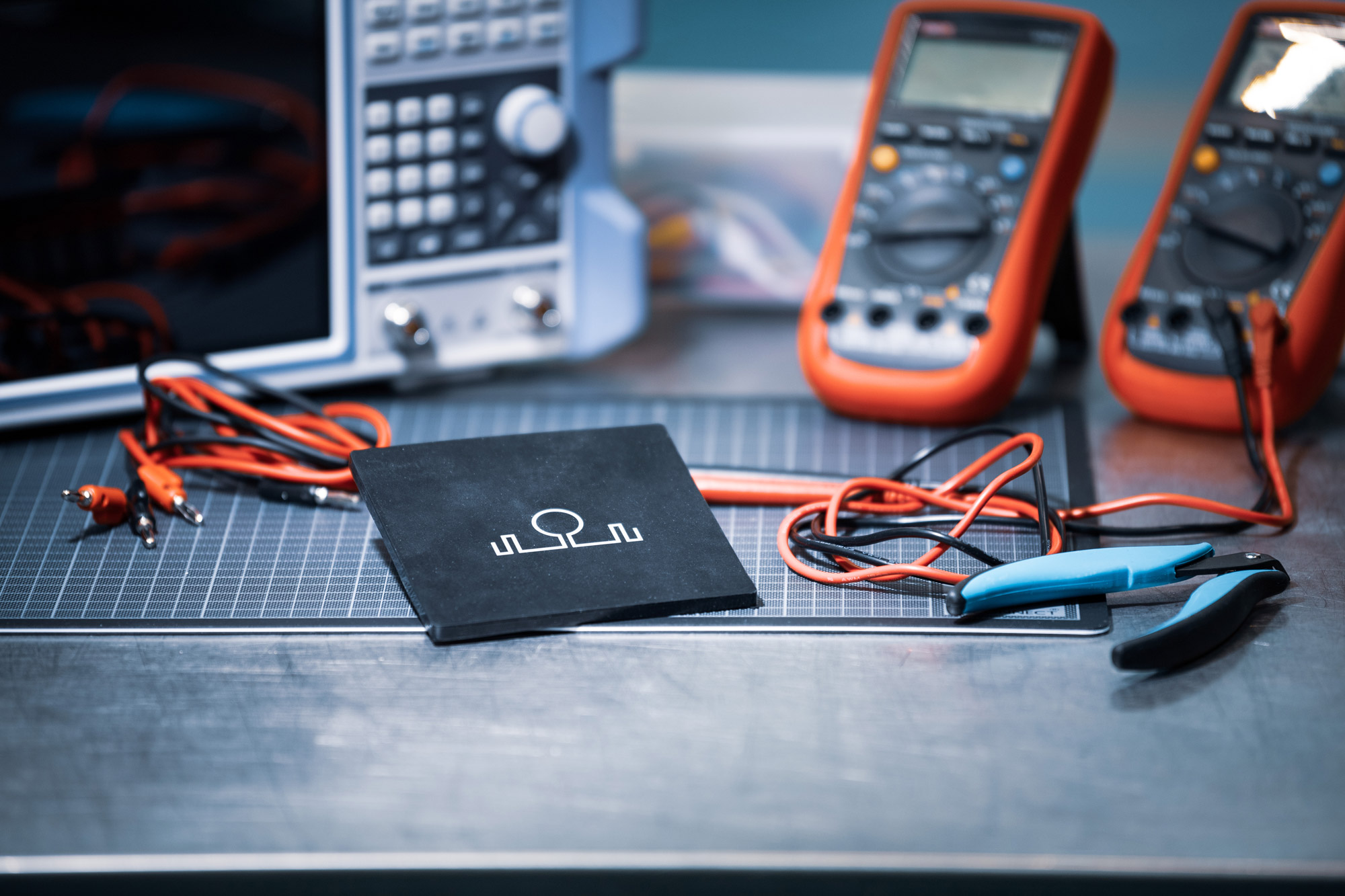
In 2019, a report released by The European Office of Intellectual Property (EUIPO) estimated that some €2.2 billion per annum is lost by producers of genuine auto parts just to counterfeit tire sales – with a further €180 million per annum lost to counterfeit battery sales.1 While tires and batteries may be easy targets, the sophistication of counterfeiting operations extends far beyond this scope, with everything from electrical to drivetrain components being copied and sold in vast quantities.
They are virtually indistinguishable from the genuine article, however a part that looks identical to its genuine counterpart can never be relied upon to deliver the same level of performance or functionality. Counterfeit parts are of course illegal, and are therefore not subject to the rigorous testing legitimate parts must go through in order to comply with the strict regulatory landscape. As a result, they are not only prone to be unreliable – they can be extremely dangerous to drivers and pedestrians globally.
Many automotive components are subject to extremely harsh operating conditions and environments. This makes their integrity of the utmost importance as, if they fail, the consequences could be grave. There are many system critical elements within a vehicle that could be subject to counterfeiting, therefore the ability to identify and authenticate genuine components is paramount to ensuring their operational efficiency and the safety of those in proximity to that vehicle.
As we move ever closer towards a time where electric vehicles (EVs) will dominate the mobility landscape, it is unsurprising that part of the solution is electrical in its own right. We are talking about integrated electronics – in this case components such as RFID chips – that have the ability, through advanced material knowledge, to be embedded into a rubber component or even printed directly upon the surface to form a functional structure. A wide range of data can be stored as a result – from lot and batch codes to part numbers and other production information – making authentication simple and efficient and also ensuring the recall of a specific part or batch is far easier to implement and manage through the ability to match serial numbers to a manufacturer database.

Printed sensor structure on a stretchable elastomer substrate
Datwyler’s Advanced Technologies team is pioneering this technology, due in part to its enhanced capabilities in terms of material testing and analysis. A chip or sensor cannot merely be placed inside a component. To be effective, and safe, the material’s characteristics must be able to house the component under the conditions experienced when placed within a vehicle, as well as allowing the signal to pierce through for scanning purposes. It is a careful balancing act that requires considerable knowledge and expertise.

Embedded sensor in elastomer material combined with a printed antenna
While it is true that the complexity of supply chains in the mobility sector leaves them vulnerable to counterfeiting operations, the introduction of advanced methods of identification in the form of integrated electronics is a step forward in ensuring it is as difficult as possible for fake components to make their way into production vehicles – either in the first instance or as spare parts. The result is safer, more reliable and more efficient mobility, backed by an industry that is working hard to leverage technology in order to fight those that have scant regard for those fundamental elements.
Are you curious?


